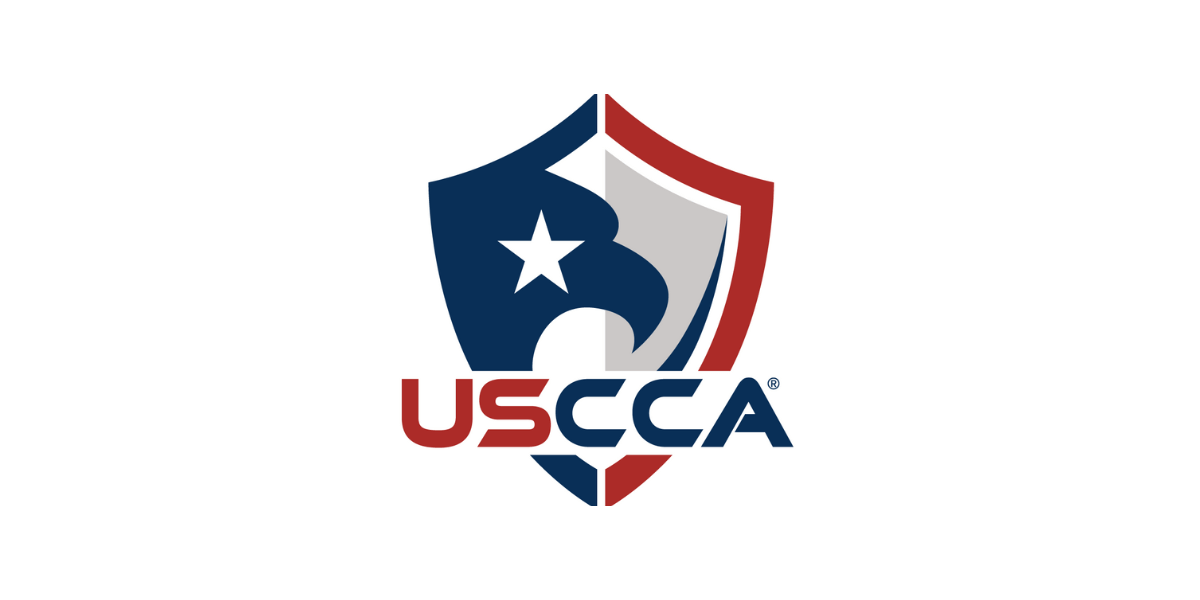Often times, a person’s vehicle is an important lifeline that is used for transportation to work, school, and medical appointments.
If you are experiencing financial hardship and are contemplating bankruptcy, it is important to know that there are steps you can take to retain your car through the bankruptcy process.
If you wish to keep your vehicle when you file for bankruptcy, this should be indicated in a filed document called the Statement of Intention. This must be done within 30 days of the first meeting of the creditors.
A debtor may decide to “redeem” the vehicle. This means making one lump sum payment to the creditor based on the fair market value of the vehicle. Although the party seeking redemption has the burden of proving the vehicle’s value, the court ultimately makes the final valuation decision.
Similarly, a debtor could re-negotiate with the lender for a post-bankruptcy loan under which the payments are calculated based on the fair market value of the vehicle. This is particularly useful if the debtor owes more than the vehicle is actually worth. For example, if a debtor owes $20,000 on a vehicle that is only worth $15,000, it might be possible to reduce the balance due by $5,000, and in turn, also lower the monthly payments.
If you are current on your car loan and are satisfied with the contract, you may “reaffirm” the loan. In essence, this allows the car loan to pass through bankruptcy as if you never filed in the first place. This is a double-edged sword: While reaffirming a debt maintains the status quo and gives you the benefit of having an open installment contract on your credit report, if you reaffirm the loan and default on its terms after the bankruptcy is over, the car company may sue you for the amount due and owing.
If you lease your car, you may “assume” your lease. This is similar to a reaffirming a car loan because the debtor agrees to keep making the monthly payments and otherwise be bound by the lease terms. In order to assume the lease, the debtor must notify the lessor in writing of the intention to do so and the lessor must notify the debtor of its willingness to have the lease assumed.
Bankruptcy can be an efficient tool for individuals to utilize in order to regain financial footing and protect estate assets. If you are thinking about filing for bankruptcy, you should contact an experienced bankruptcy attorney to discuss your options.







